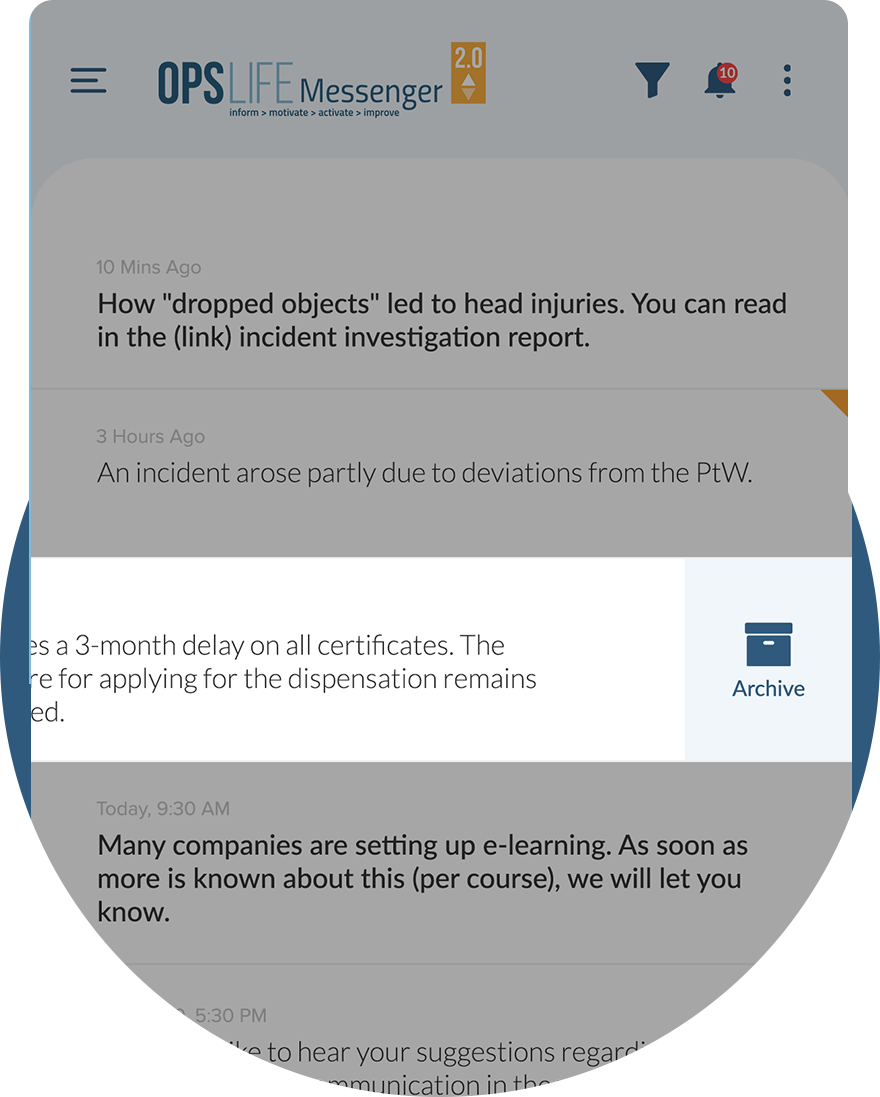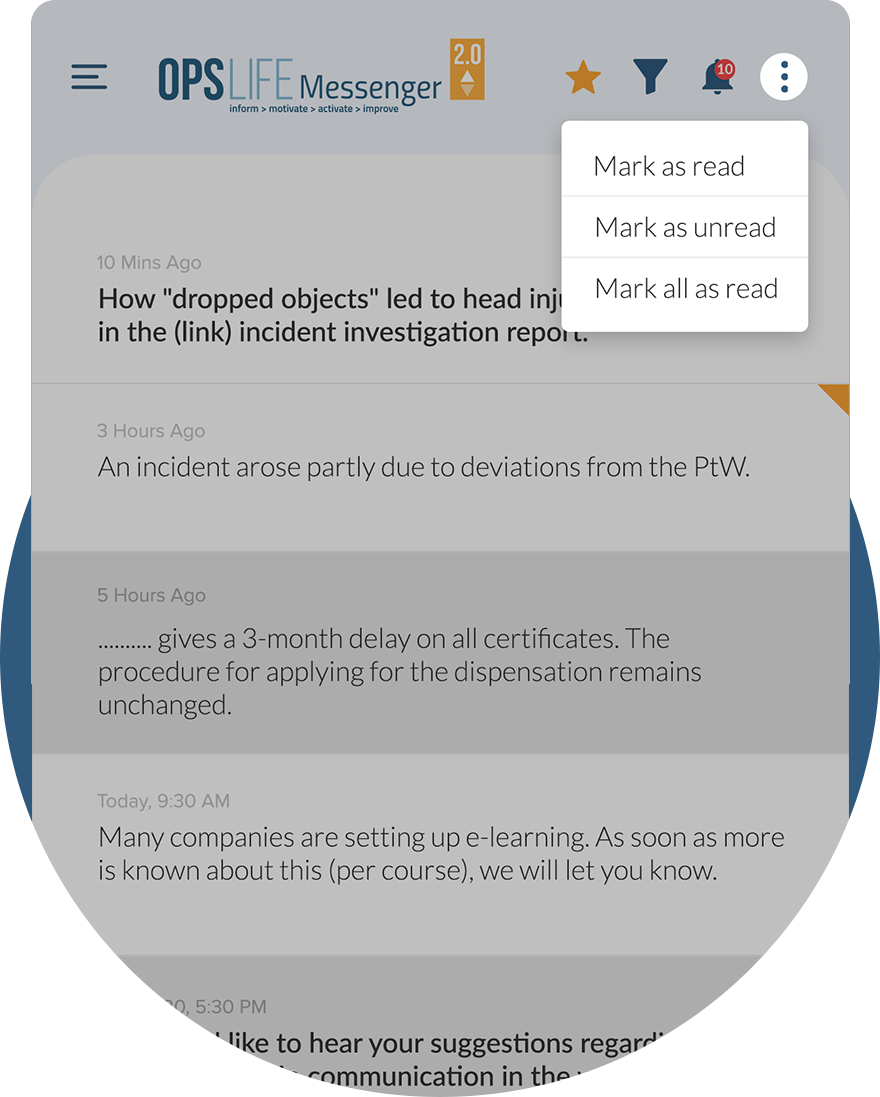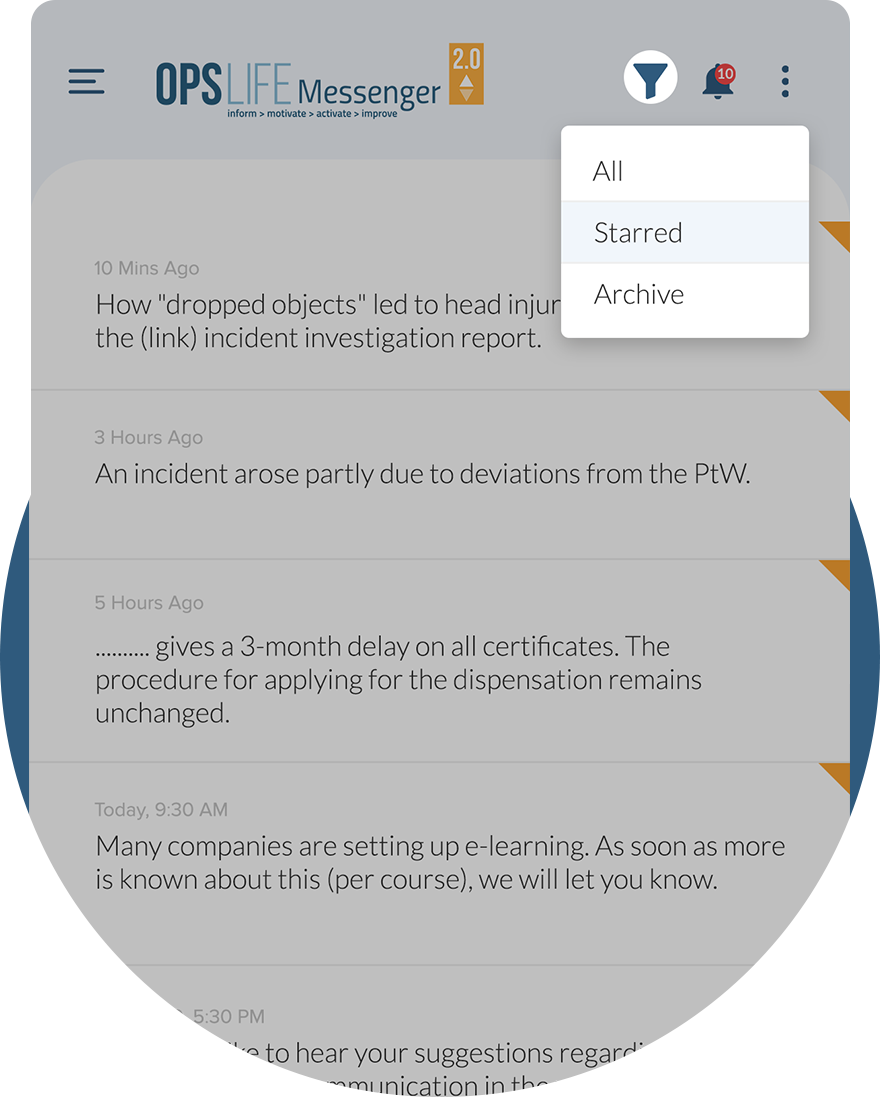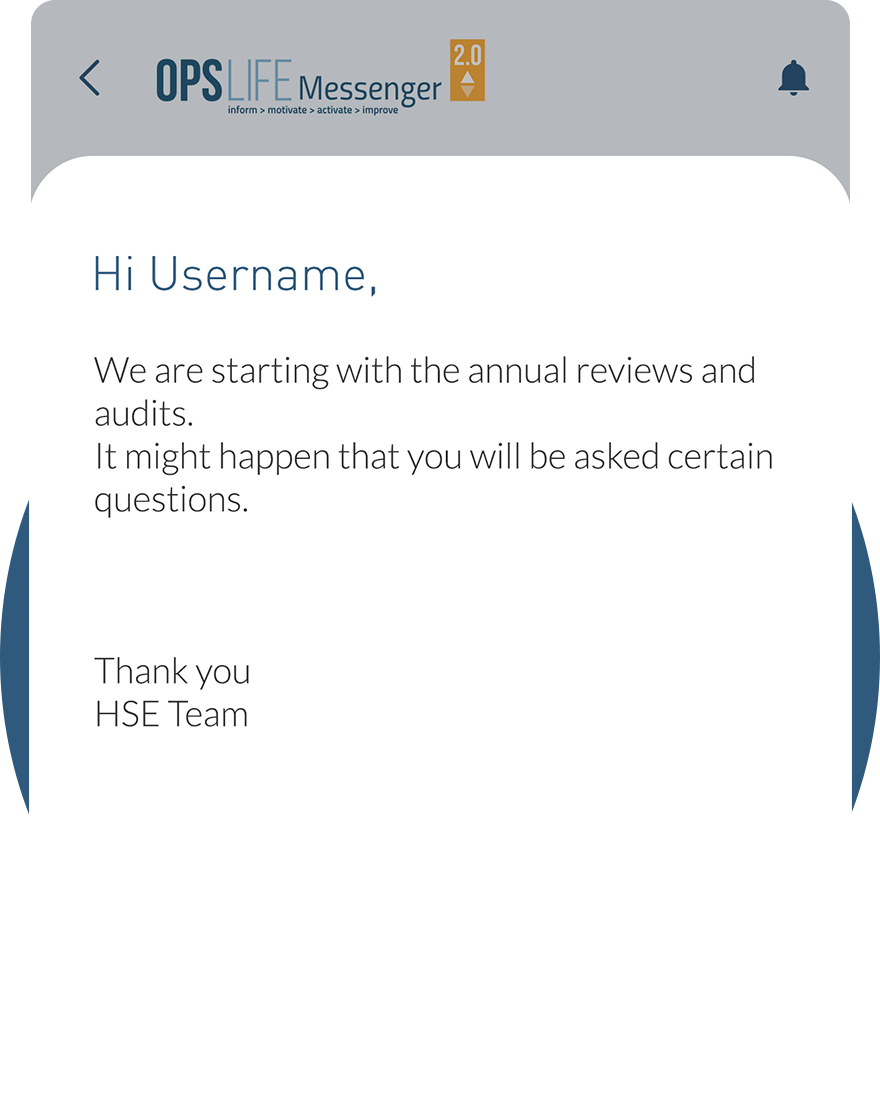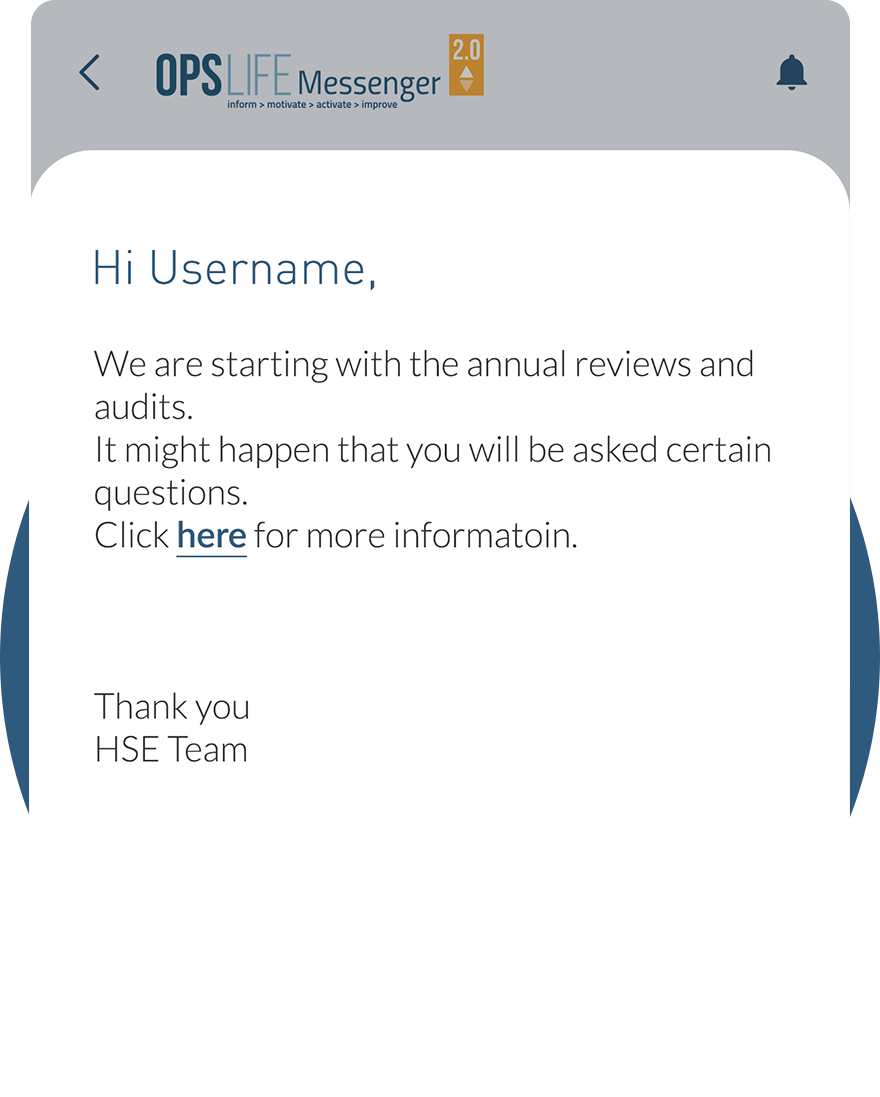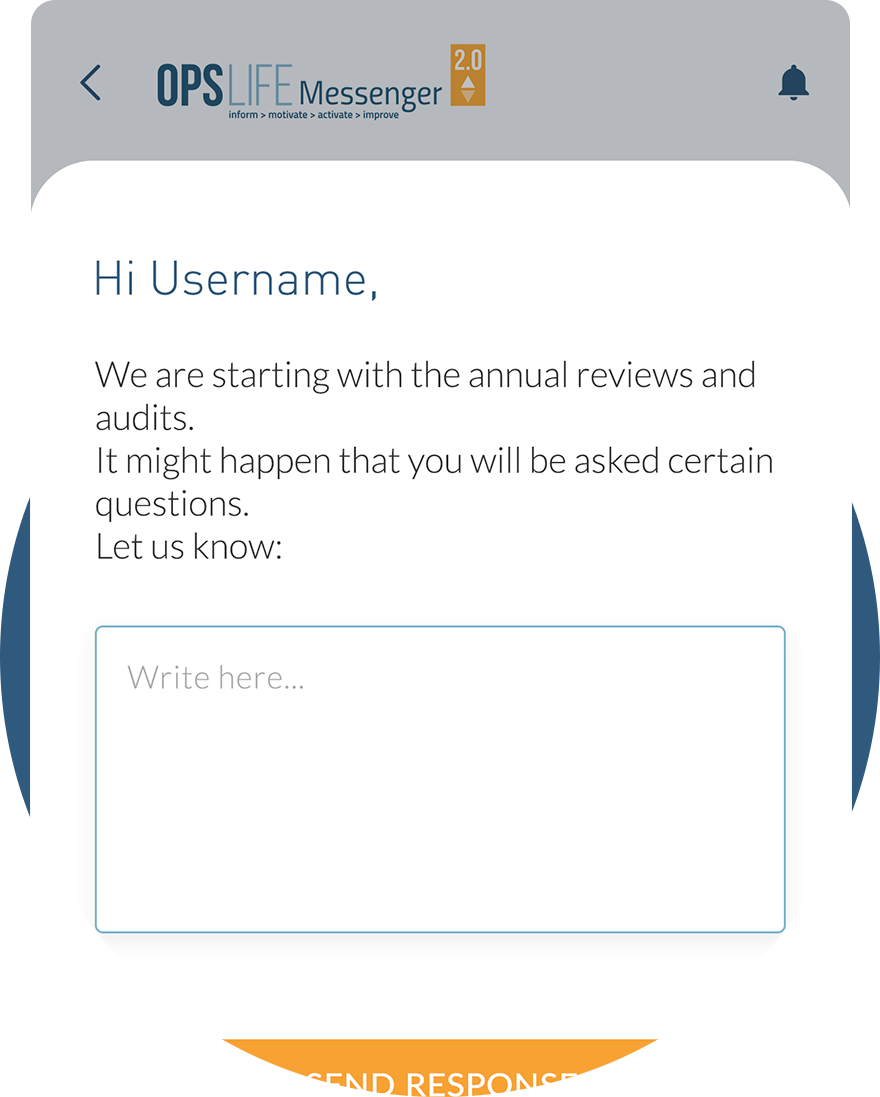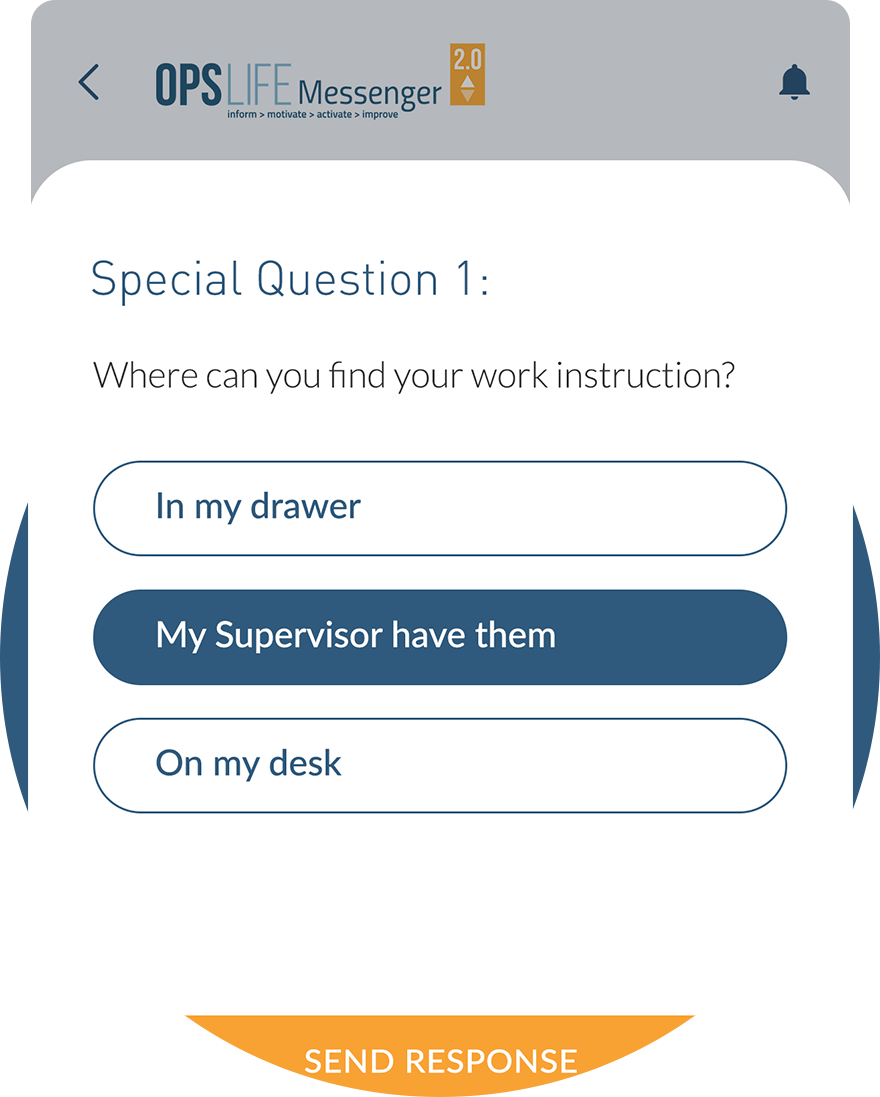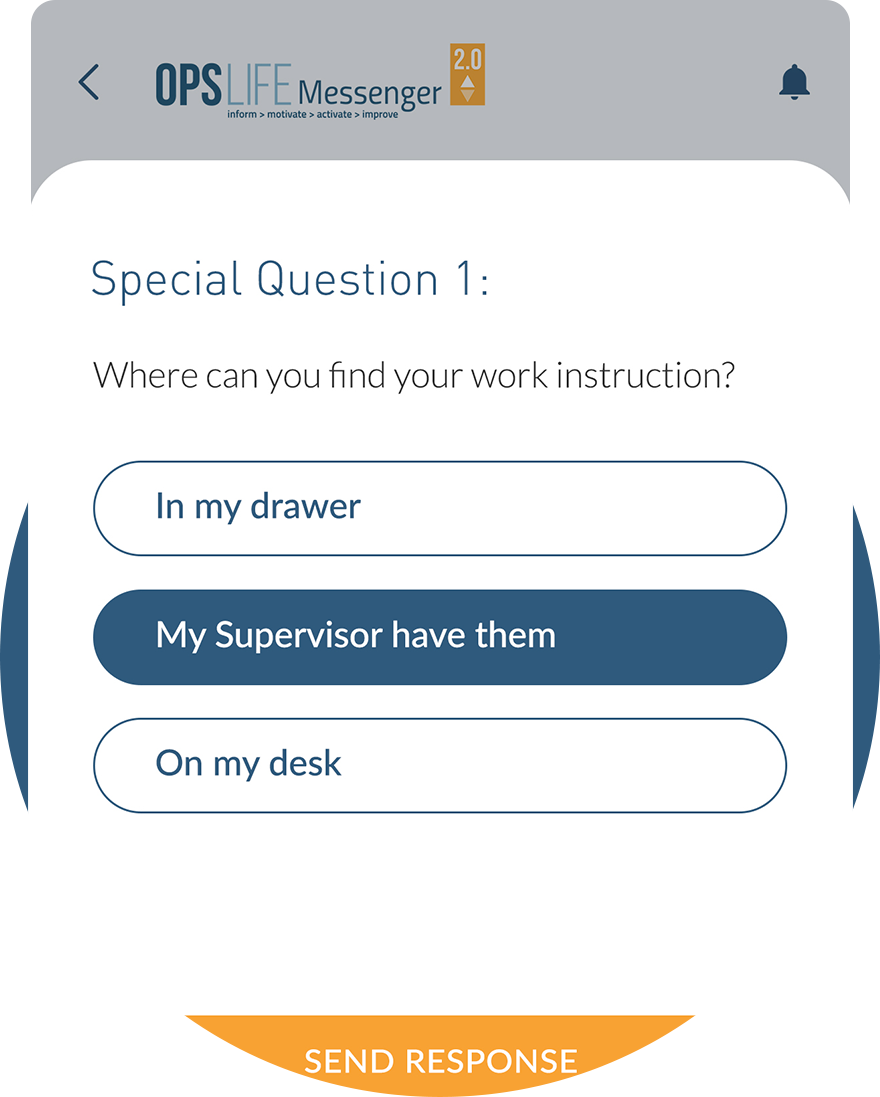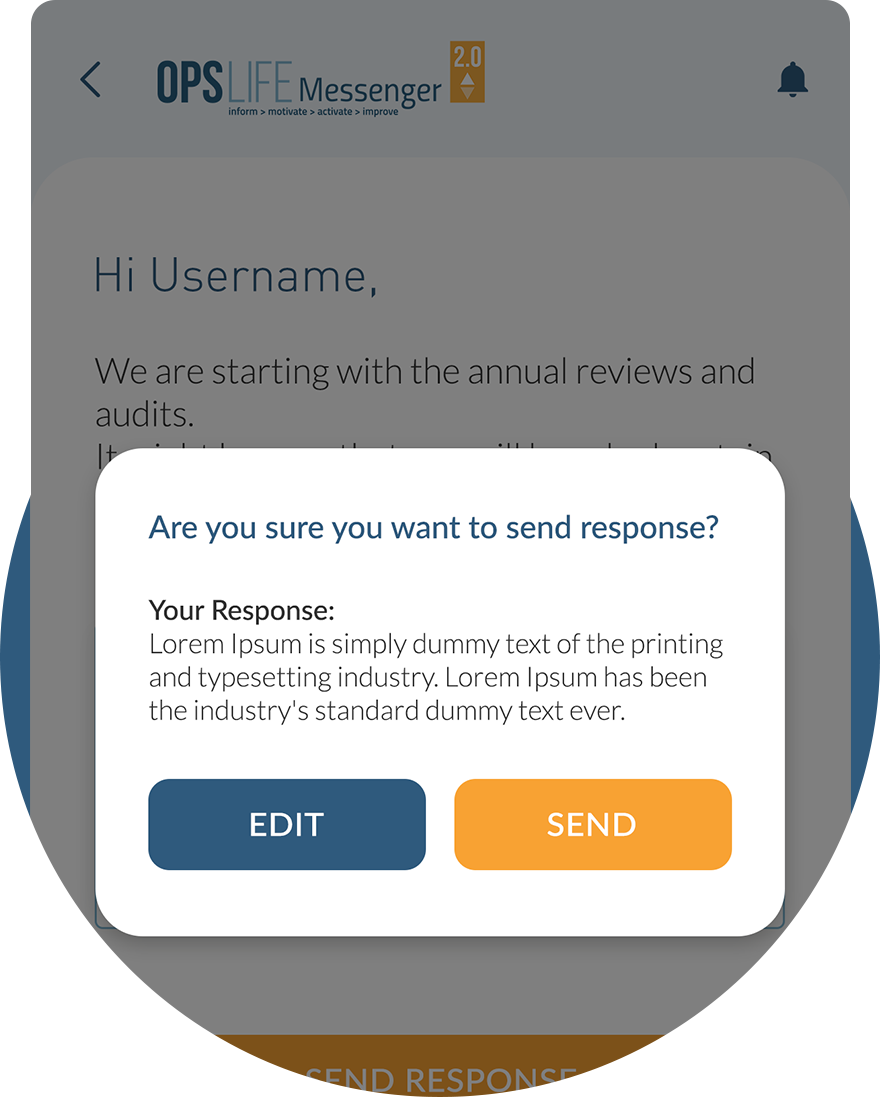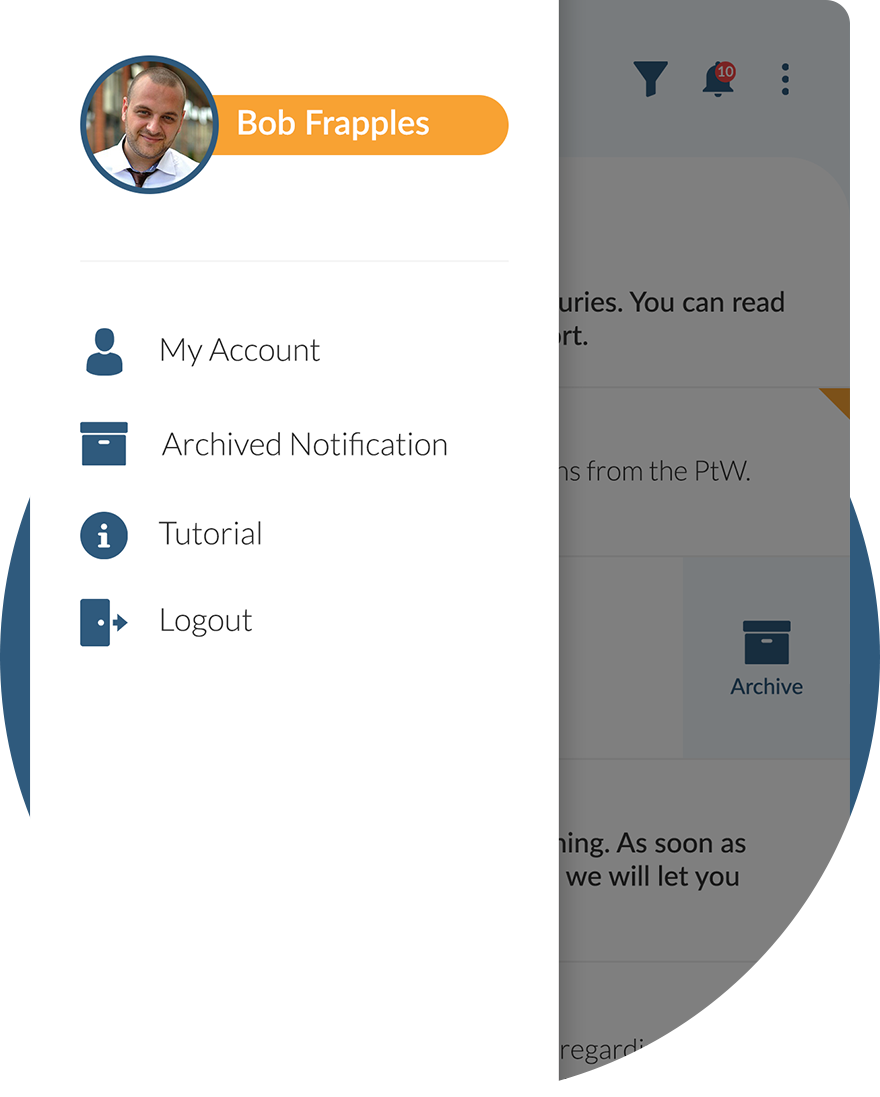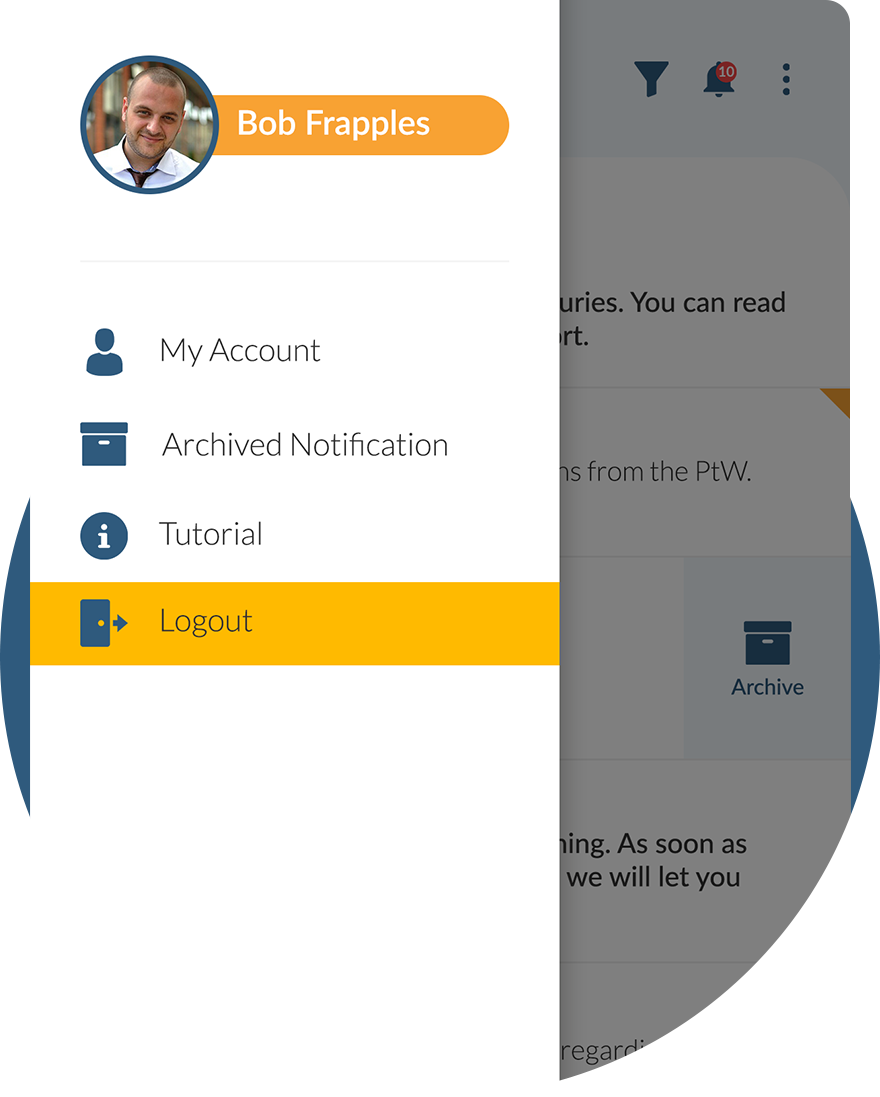Basic HSE information about Benzene and set of tools to be used at work
Benzene
- Workplace Information
- Toolbox Information
- Check Your Knowledge
- Action Focus Campaign
IMPORTANT INFO
- Have the Operator demonstrate that the workplace is well ventilated (to measure = to know) and work is being performed upwind.
- Position a vacuum unit as far away as possible and ensure measurements are conducted at the actual work location.
- Perform the control measures as specified in the work permit and check status regularly (undertake a Last Minute Risk Analysis).
- Use the correct PPE and have it cleaned properly if it becomes contaminated.
- Maintain good personal hygiene to prevent contamination.
WHAT IS IT?
Benzene is a chemical that is a colorless or light yellow liquid at room temperature. It has a sweet odor and is highly flammable. Benzene evaporates into the air very quickly. Its vapor is heavier than air and may sink into low-lying areas.
Other properties of Benzene:
- reacts fiercely with acids
- explosive
- has a strong degreasing effect on the skin
The odour threshold of Benzene is higher than the threshold exposure limit value, which relates to maximum permissible exposure. If you can smell Benzene, you are probably over-exposed to this substance. Ask your company about their threshold exposure limit value.
HAZARDS
- irritates the eyes, skin and airways
- carcinogenic
- unconsciousness (in very high concentrations)
- harmful to the environment
- flammable and explosive
Effects of contact:
- inhalation: irritation, headache, nausea, dizziness, unconsciousness, pneumonia
- skin (contact): redness, rough skin, itching, headache, dizziness
- eye (contact): redness, pain
- swallowing: irritation of the lips, mouth and throat (burning sensation)
- prolonged contact: eczema, cracked skin, anaemia, leukaemia, damage to DNA
PREVENTION
Ask your HSE Manager if, when and where Benzene might be released.
PERSONAL HYGIENE
Wash your hands:
- before eating, drinking or smoking
- before using the toilet
- before leaving the workplace
- after removing contaminated clothing in a designated area
PREPARING FOR WORK
- familiarise yourself with the risks associated with the work in question
- discuss these risks in detail
- take all necessary precautionary measures
- ensure that the workplace is well ventilated, or install extra air extraction equipment
- use the appropriate items of Personal Protection Equipment (PPE)
BEFORE YOU START WORK
Before the job begins, an authorized gas tester with expertise in the field of Benzene should investigate and measure existing levels. Position any vacuum unit as far as possible from the workplace, taking into account the wind direction.
AT WORK
- ensure optimal ventilation
- position any vacuum unit as far as possible from the workplace and also conduct Benzene measurements around the vacuum unit
- conduct continuous measurements
- record the results on the Permit to Work*
- ensure you name is registered on the Permit to Work
- work with the wind at your back
- use drip trays if Benzene could escape from a system
- use the Personal Protection Equipment correctly
*Please note: results of any unprotected exposure to concentrations that exceed the threshold limit value must be reported. It is a legal requirement to register this information. Ask your company for the relevant threshold limit value, procedure and the personnel that are required to be informed.
NB. Inadequate workplace ventilation or air extraction increases the risk of exposure!
PROTECTION
WHAT PERSONAL PROTECTION EQUIPMENT (PPE)?
What type of PPE to use depends on different circumstances. Follow and adhere to the advice of your HSE Manager. Addressing the source and prevention of exposure is most important and also required by law. Ask your company about the threshold limit value for exposure to Benzene. Based on the threshold limit values the following Personal Protection Equipment is recommended:
- respiratory protection
- powered Air Purifying Respirator
- independent respiratory protection
Other protection equipment:
Basic Personal Protection Equipment plus:
- impermeable clothing/(disposable) overall/coverall
- impermeable gloves
- impermeable boots
NB. Proper cleaning and ventilation is, and remains, of the utmost importance. Conduct frequent measurements and prevent exposure!
IN CASE OF...
- inhalation: bring the affected person out into the fresh air; allow them to rest
- skin contact: remove contaminated clothing; make clothing wet (to prevent fire); wash skin with plenty of soap and water
- eye contact: rinse with plenty of water; remove contact lenses (if possible), if worn
- swallowing: rinse mouth; do not induce vomiting
- serious exposure: immediately notify a medic or a doctor
WHAT TO DO IN THE EVENT OF A SPILL?
- please note: Benzene is highly flammable and explosive
- stop work immediately
- evacuate the danger zone
- notify the HSE Manager
WHAT TO DO IN CASE OF CONTACT OR EXPOSURE?
Contact or exposure can be caused by:
- protective clothing that is torn
- Personal Protection Equipment that is used too late or incorrectly
- Personal Protection Equipment that hasn’t provided sufficient protection
- other unforeseen circumstances
What to do:
- notify the HSE Manager
- contact the health and safety service/company doctor
- have a urine sample taken**
- in case of health problems: contact the company doctor and your general practitioner
- retain Permits to Work and measurement results
** NB. In practice it has become clear that smoking has a major effect on the SPMA value in urine.
Start your daily work with safety!
Onscreen presentation is very useful to use during work preparation or toolbox meetings. It provides short and concrete information. Five questions and answers at the end of presentation can be used to make the meeting more interactive and to give conversation a boost.
Be always prepared for the work!
It is of utmost importance to be well prepared before you start the work.
By clicking on the button below you can check your knowledge about this HSEQ subject.
After completion of the knowledge check, your certificate will be visible in
MY ACCOUNT > My training.
